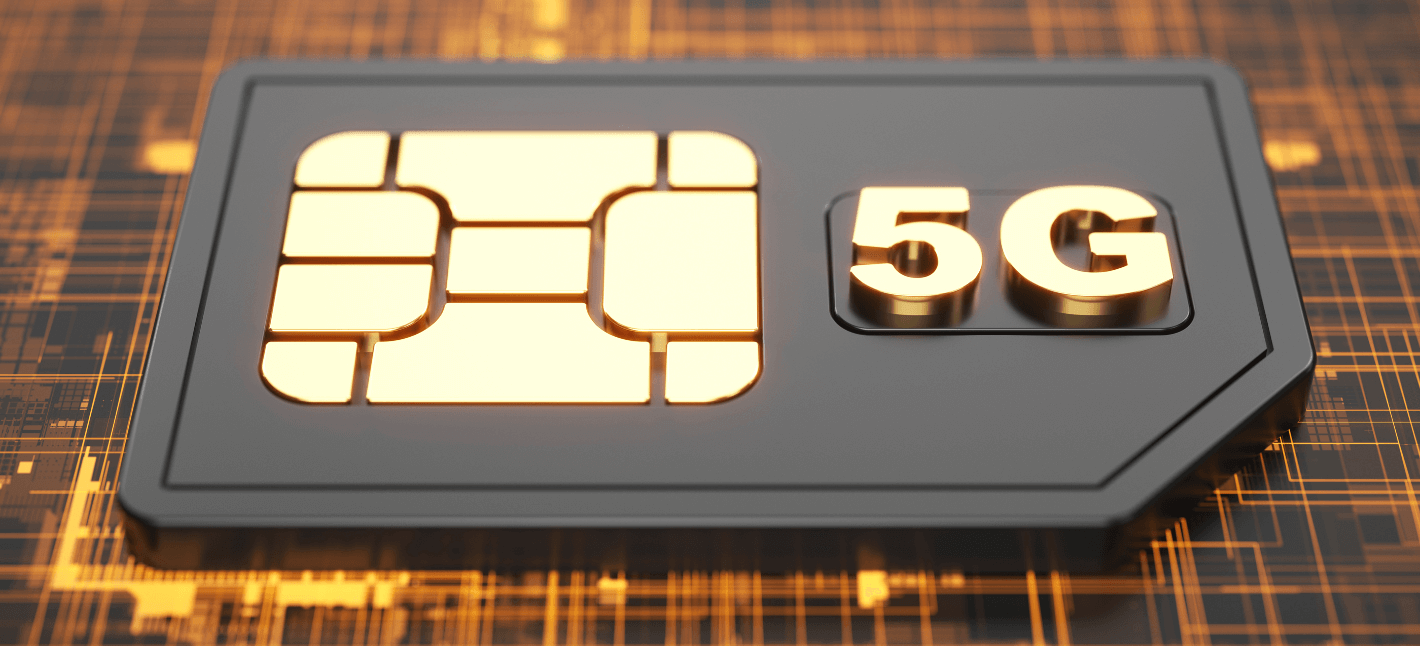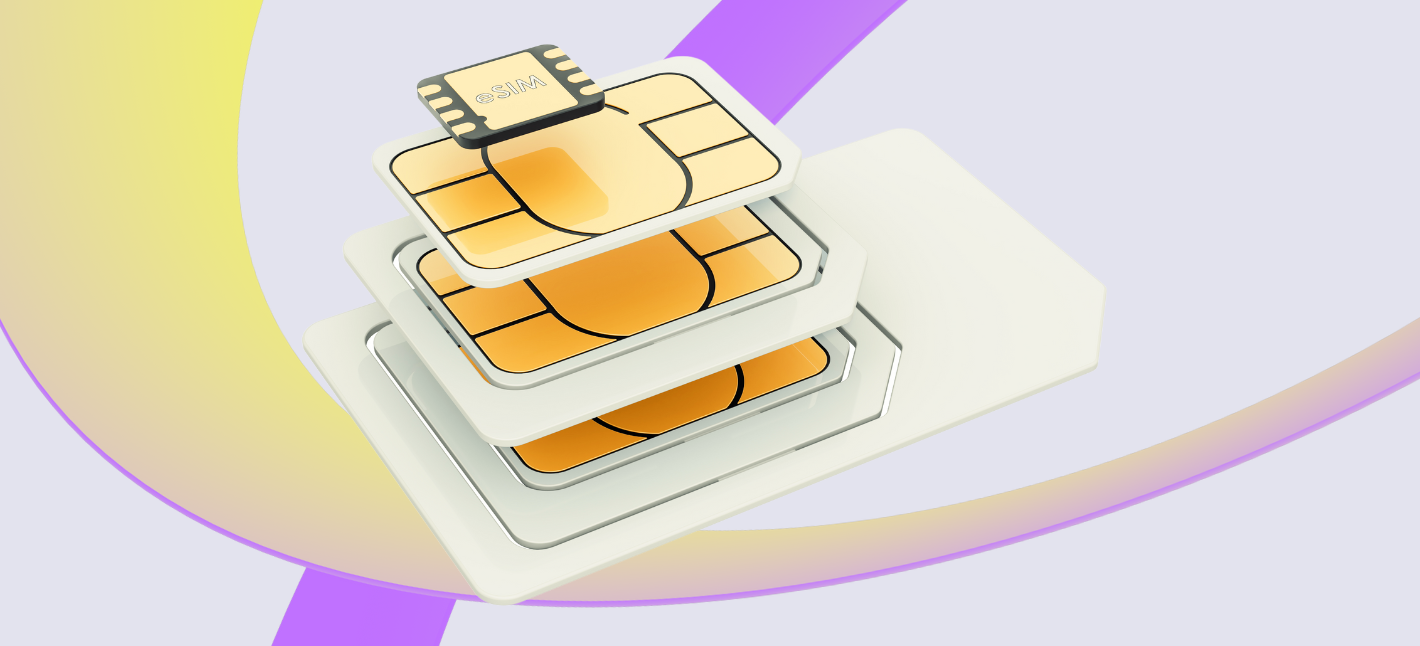Wireless IoT Connectivity Subscriptions for IoT Connectivity SoC
IoT Connectivity Market Management of Connectivity in IoT
The integration of the Internet of Things (IoT) in wearable gadgets is remodeling the expertise panorama. Understanding the most effective IoT connectivity options for wearable devices is crucial for builders and manufacturers aiming to deliver seamless user experiences. Different connectivity options cater to a spread of wants various from energy consumption to information switch speeds and community availability.
Bluetooth has emerged as a extremely popular possibility for connecting wearable units, primarily as a end result of its low power necessities and excessive compatibility with numerous smart units. This expertise permits units like fitness trackers and smartwatches to seamlessly trade information with smartphones and tablets. The recent advancements, together with Bluetooth 5.zero, have considerably improved range and velocity, making it a sturdy choice for many wearable purposes.
IoT Cloud Connectivity Power of Connectivity in IoT
Wi-Fi is one other sturdy contender, significantly in situations where excessive knowledge throughput is required. Wearable gadgets that constantly stream high-resolution information, corresponding to video or rich media content material, profit from Wi-Fi’s velocity. The ubiquity of Wi-Fi networks permits for easy access in urban environments, enhancing functionality for wearables designed for fitness or health monitoring.
Cellular connectivity has carved its niche, particularly in standalone wearable gadgets that don't require tethering to a smartphone. Technologies like LTE and LTE-M have made it possible for wearables to speak instantly with cellular networks. This choice supplies a broad range when users venture outdoor, allowing devices to send and receive knowledge even without local Wi-Fi. Cellular connectivity is particularly advantageous for emergency services, health-monitoring wearables, and even basic communication devices.
IoT Connectivity Solutions Enterprise Managed IoT Connectivity Services
Narrowband IoT (NB-IoT) stands out as a specialized connectivity possibility for units that need to ship small quantities of knowledge sometimes. This makes it ideal for wearables that monitor health metrics or environmental situations. Leverage the low energy consumption attribute of NB-IoT permits units to function for extended durations on minimal battery life, making it a compelling possibility for IoT-based wearables designed for long-term monitoring (Internet Connectivity In IoT).
Zigbee and Z-Wave are wonderful options for wearables that function within smart home ecosystems. While these technologies are typically fitted to home automation, they will still play a job in wearables that need to connect with different home gadgets for particular use circumstances. For instance, wearable health displays may work together with smart home units like treatment dispensers to make sure treatment adherence.
Mesh networking solutions enable wearables to create self-healing communication networks. In large or crowded areas the place direct connections could endure from interference, mesh networking establishes redundant pathways for information to reach its destination. This is especially useful in situations corresponding to outdoor occasions or crowded sports activities arenas, where a quantity of customers could also be using their wearables concurrently.
LPWAN technologies like LoRaWAN offer low-power wide-area community communications which are good for wearables utilized in distant locations. These choices excel in rural or off-grid settings, making them well-suited for agricultural monitoring wearables. By offering long-range communication capabilities with minimal energy consumption, LPWAN technologies address crucial wants for wearables in additional isolated environments.
IoT Connectivity Issues Connectivity for IoT Products
When choosing connectivity options, the precise use case of the wearable turns into paramount. Devices designed for lively sports might benefit more from Bluetooth or Wi-Fi because of their immediate data-exchanging requirements. On the opposite hand, wearables supposed for health monitoring would possibly prioritize low energy options like NB-IoT or LPWAN technologies, exploring long-term data assortment capabilities.
Security options must also be considered when evaluating IoT connectivity choices. With the rise in wearable units collecting delicate personal data, it is vital for producers to guarantee that the chosen connectivity kind comes outfitted with sturdy safety measures. Encryption and authentication protocols are essential to prevent unauthorized entry to wearable data.
The scalability of a connectivity possibility is another important facet to ponder. As the demand for IoT wearables continues to rise, producers need to guarantee that their connectivity selections can scale efficiently. This encompasses not simply the power to deal with increased information transmission but in addition guaranteeing community capacity to accommodate a growing user base with out compromising efficiency.
In the evolving world of fitness and health, the performance of wearables is continuously intensifying, making the choice of connectivity extra essential than ever. Emerging technologies like 5G hold the promise of opening even more opportunities. With quicker speeds and decrease latency, 5G can facilitate real-time data sharing between units, amplifying the interactivity and immediacy anticipated from future wearable technologies.
IoT Connectivity Plan Overview of IoT Connectivity Protocols

As the IoT panorama matures, collaboration amongst connectivity providers will doubtless turn into more widespread. Wearables might start adopting multi-connectivity solutions, allowing units to change between completely different networks based on availability and task requirements. This hybrid site here strategy would not only improve reliability but additionally optimize power consumption, enabling longer usage between charges.
Understanding one of the best IoT connectivity choices for wearable units is thus a multi-faceted endeavor. By contemplating the operational necessities, person eventualities, and expertise developments, stakeholders could make informed choices that meet each client expectations and trade standards. The future of wearables lies in harnessing these various connectivity choices to craft built-in, responsive, and user-centric technologies.

As technology continues to evolve, staying forward of the curve turns into important for all gamers concerned within the wearable market. The demands for knowledge assortment, real-time interplay, and consumer security dictate that the chosen connectivity solutions align with current developments whereas readying for future developments. Ultimately, the most effective connectivity answer will facilitate a superior consumer expertise, ensuring wearable devices are not simply practical, but additionally important to day-to-day life.
Resilient IoT Connectivity Beginner's Guide to IoT
- Utilization of low-power wide-area networks (LPWAN) such as LoRaWAN supplies prolonged coverage and long battery life for wearable devices utilized in remote monitoring functions.
- Bluetooth Low Energy (BLE) allows for fast data transmission with minimal energy consumption, making it ideal for health trackers and health monitoring gadgets.
- Cellular IoT technologies, like NB-IoT or LTE-M, supply robust connectivity, enabling wearables to perform independently with out relying on smartphones, appropriate for important purposes.
- Zigbee is perfect for wearable devices that need to attach with smart home methods, providing a reliable mesh community for enhanced communication.
- Satellite communication permits wearables to operate in extraordinarily distant areas where conventional networks are unavailable, guaranteeing consistent knowledge transmission for actions like out of doors sports.
- Wi-Fi 6 introduces improved bandwidth and efficiency, making it suitable for wearables requiring high information charges in crowded environments, corresponding to augmented reality purposes.
- Sigfox networks are useful for wearables due to their simplicity and cost-effectiveness, primarily specializing in sending small amounts of data over long distances.
- 5G connectivity promises ultra-low latency and enhanced bandwidth, enabling advanced functionalities in wearables, including real-time health monitoring and immersive user experiences.
- NFC (Near Field Communication) facilitates secure, short-range communication for wearable units, perfect for payment solutions or access management applications.
- Thread technology combines the benefits of mesh networking with the safety and low energy consumption options, making it a robust candidate for smart wearable ecosystems.undefinedWhat are the preferred IoT connectivity choices for wearable devices?undefinedCommonly used IoT connectivity choices for wearable units include Bluetooth, Wi-Fi, cellular (like LTE and 5G), Zigbee, and LoRaWAN. Each option has its personal benefits depending on range, energy consumption, and information switch needs.
How does Bluetooth compare to Wi-Fi for wearables?undefinedBluetooth is ideal for short-range connectivity and low energy consumption, making it appropriate for fitness trackers and smartwatches. Wi-Fi offers larger bandwidth and broader web access, but it sometimes consumes more power and is healthier for gadgets that need fixed connectivity.
What are the advantages of using cellular connectivity for wearables?undefinedCellular networks enable wearables to connect with the web while not having a paired smartphone. This permits for real-time notifications, GPS tracking, and unbiased operation, making it perfect for gadgets like smartwatches designed for fitness and safety applications.
How does battery life influence the choice of connectivity for wearables?undefinedBattery life is critical for wearable gadgets. Low-power choices like Bluetooth Low Energy (BLE) assist maximize usage time whereas nonetheless offering connectivity. Devices requiring frequent information switch would possibly use greater power options, necessitating larger batteries or more frequent charging.
IoT Global Connectivity Benefits and Use Cases of IoT Connectivity Technologies

What function does security play in IoT connectivity for wearables?undefinedSecurity is paramount in IoT connectivity as wearables often deal with delicate consumer data - IoT Connectivity Managementplatform. Options employing robust encryption protocols and safe authentication strategies assist shield user info and prevent unauthorized entry.
Can wearables connect to a number of IoT networks simultaneously?undefinedYes, many trendy wearables can connect with multiple IoT networks, allowing them to switch between completely different connectivity choices primarily based on availability and performance. This enhances flexibility and ensures continuous monitoring and communication.
What elements must be considered when deciding on a connectivity option for wearable devices?undefinedKey elements embody range, energy consumption, data transfer pace, compatibility with existing networks, and the precise use case of the wearable. Analyzing these standards helps in selecting essentially the most appropriate connectivity answer.
Nb-IoT Connectivity Securing IoT Connectivity Solutions
Are there any emerging technologies which will improve IoT connectivity for wearables within the future?undefinedYes, rising technologies like 5G will significantly enhance IoT connectivity by providing greater knowledge charges, decrease latency, and improved reliability. This is expected to enable more advanced purposes and functionalities for wearable units.
How do regulatory standards browse around these guys have an result on connectivity choices in wearables?undefinedRegulatory standards be sure that connectivity technologies comply with safety, privacy, and interoperability requirements. Adhering to these standards is critical for manufacturers to ensure usability and market acceptance while protecting users' rights and knowledge.
What is one of the best connectivity choice for medical wearables?undefinedFor medical wearables, cellular connectivity is usually most popular due to its functionality for real-time knowledge transmission and regulatory compliance. Secure and secure connections are essential in healthcare purposes for monitoring very important signs and providing timely alerts.